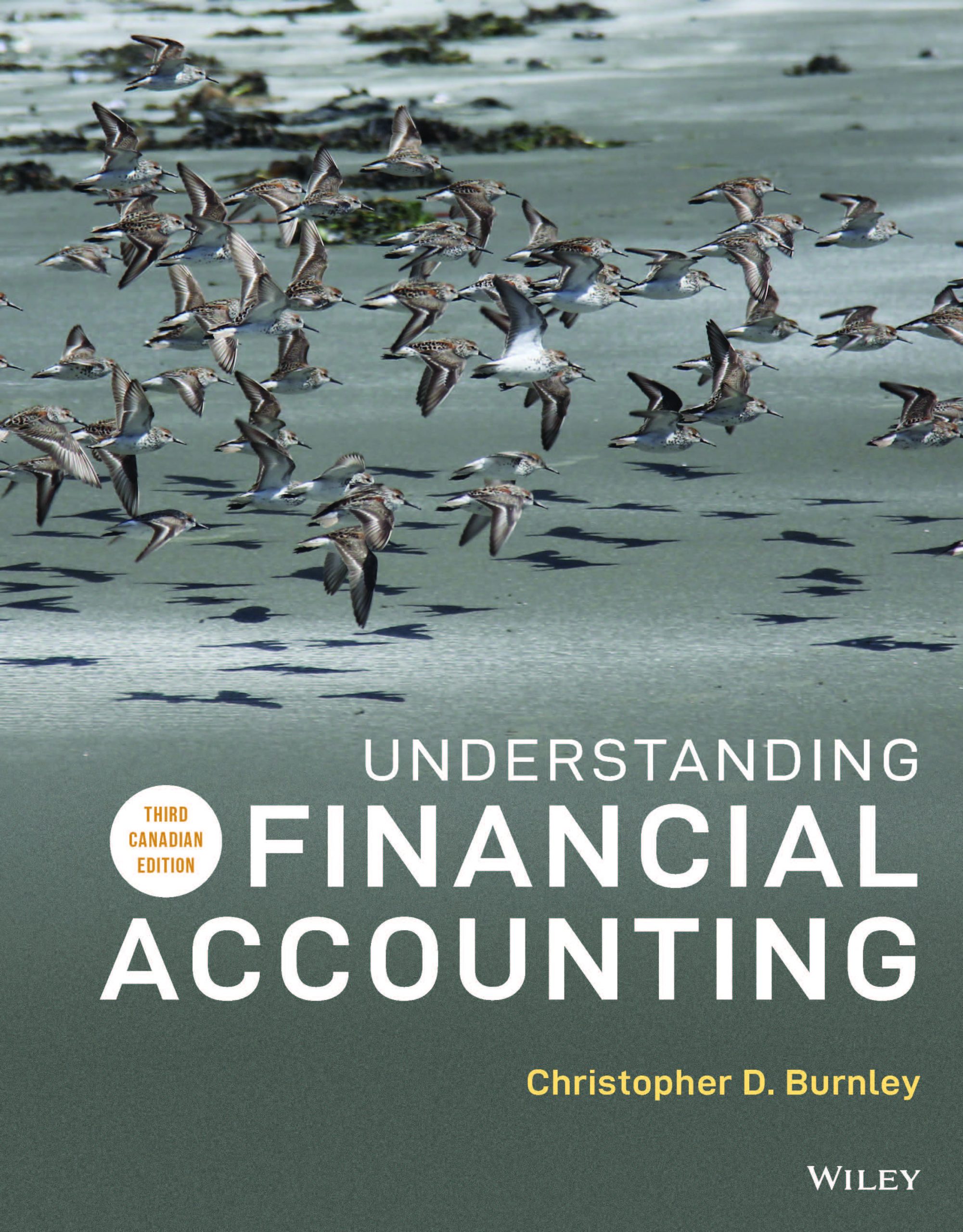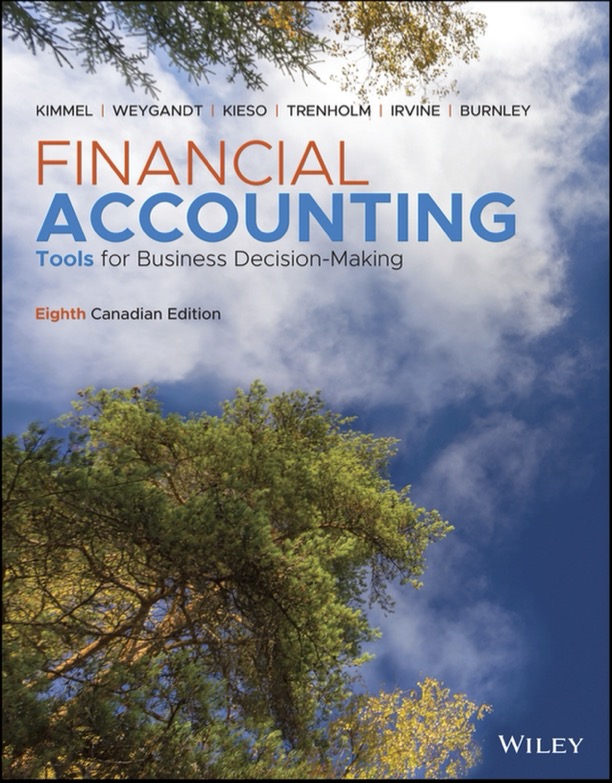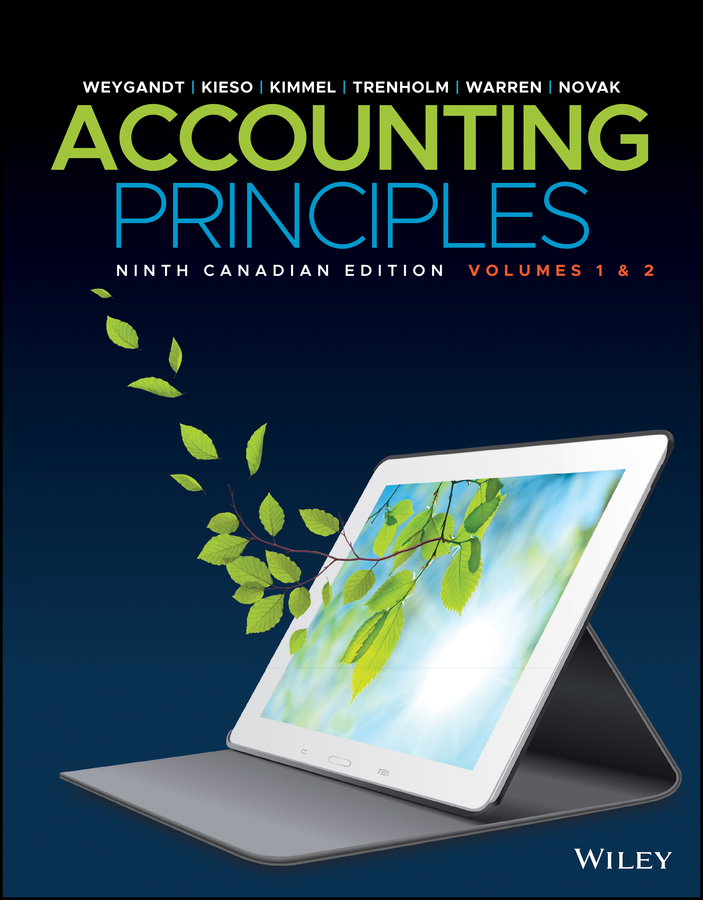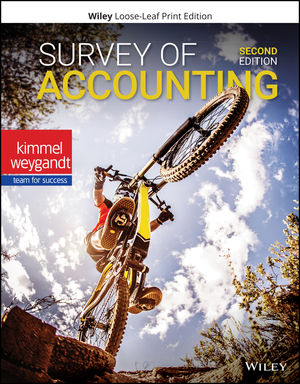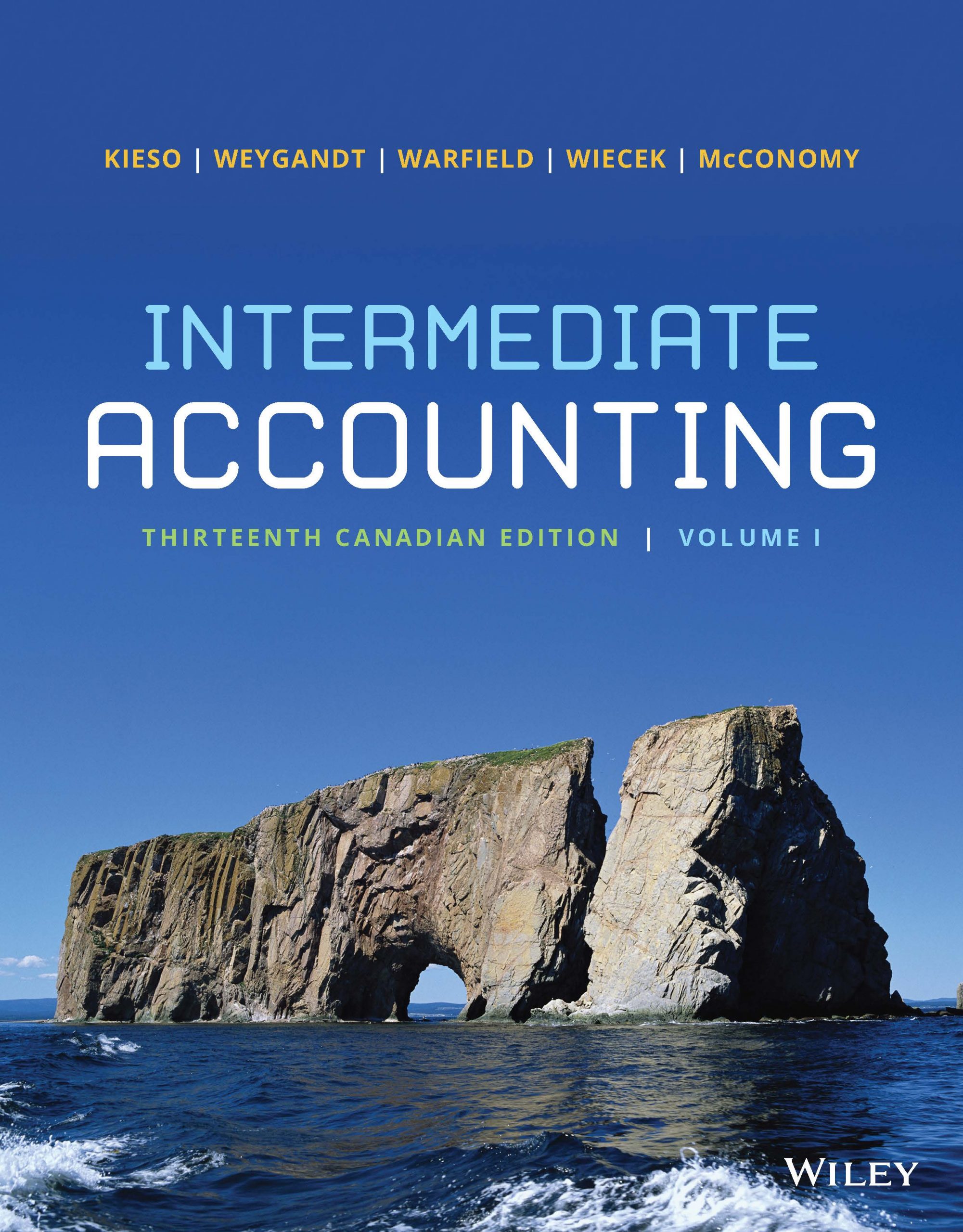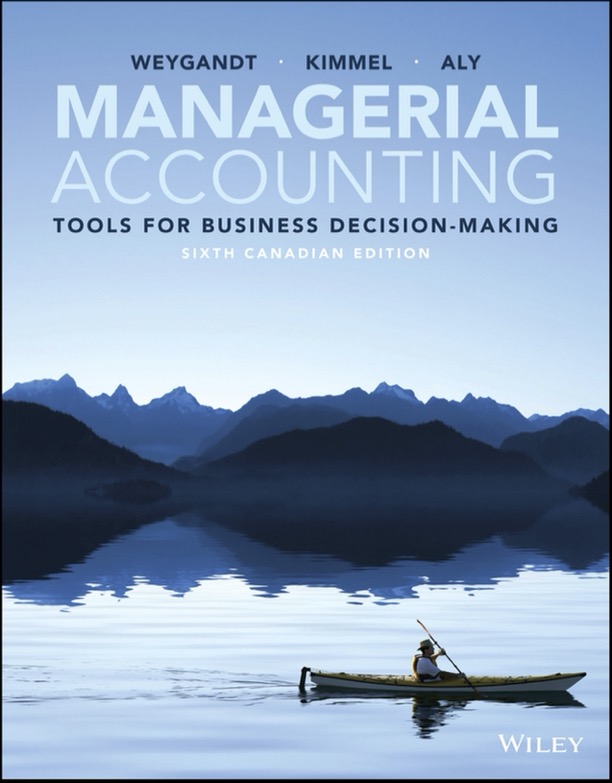Despite a reliance on umpteen pages of principles and prescriptive rules for the preparation of financial statements, much depends on professional judgment and corporate governance. That’s why the quality of the company’s reported earnings is such an important consideration for analysts and investors.
REVENUE RECOGNITION
The question of when to recognize revenue is quite straightforward for some
industries (e.g., clothing retailers like H&M). Revenue is recognized when the customer
buys the goods in the store. Normally customers pay cash or use a debit or credit card,
which means that the collection of cash for the sale is not an issue.
For other industries, the decision is not as
clearly defined. For a manufacturing company such as Bombardier (a maker of trains
and airplanes), contracts are signed, merchandise such as a rail car is manufactured, the
merchandise is delivered, money is collected from the customer (usually some time
after delivery), and warranty services are provided on the merchandise sold. When
should such a company recognize revenue: when the contract is signed, when the goods
are delivered, when the cash is collected, or when the warranty period expires and all
obligations related to the sale have been satisfied?
Revenue recognition criteria
have been developed within IFRS (IAS 18) to
resolve this conflict and to produce a measure of performance that is intended
to balance the need for timely information with the need for reliable information.
B A S I C R E V E N U E R E C O G N I T I O N C R I T E R I A
1.The probable inflow of economic benefits to the company.
a. The performance has been achieved.
b. The risks and rewards are transferred and/or the earnings process is
substantially complete with respect to the sale.
2. The amount earned can be measured.
Can audit committees deliver?
The accounting scandals of the past decade have put the audit committee at the forefront of the battle against fraudulent financial reporting.
Regulations regarding audit committee composition and responsibility have been enacted to improve the quality of financial information and
strengthen investor confidence in the quality of financial reporting and financial markets.
Discussion Questions:
1. Should the audit committee have the responsibility to ensure that management, presents fairly their financial statement earnings?
2. Do you agree with the basic revenue recognition criteria?
3. When should earnings be recognized for a company such as bombardier? When the contract is signed or the product delivered?
Read more about : Earnings Recognition,
Earnings Quality Not Necessarily Impacted by GAAP Effect, CGA magazine.

